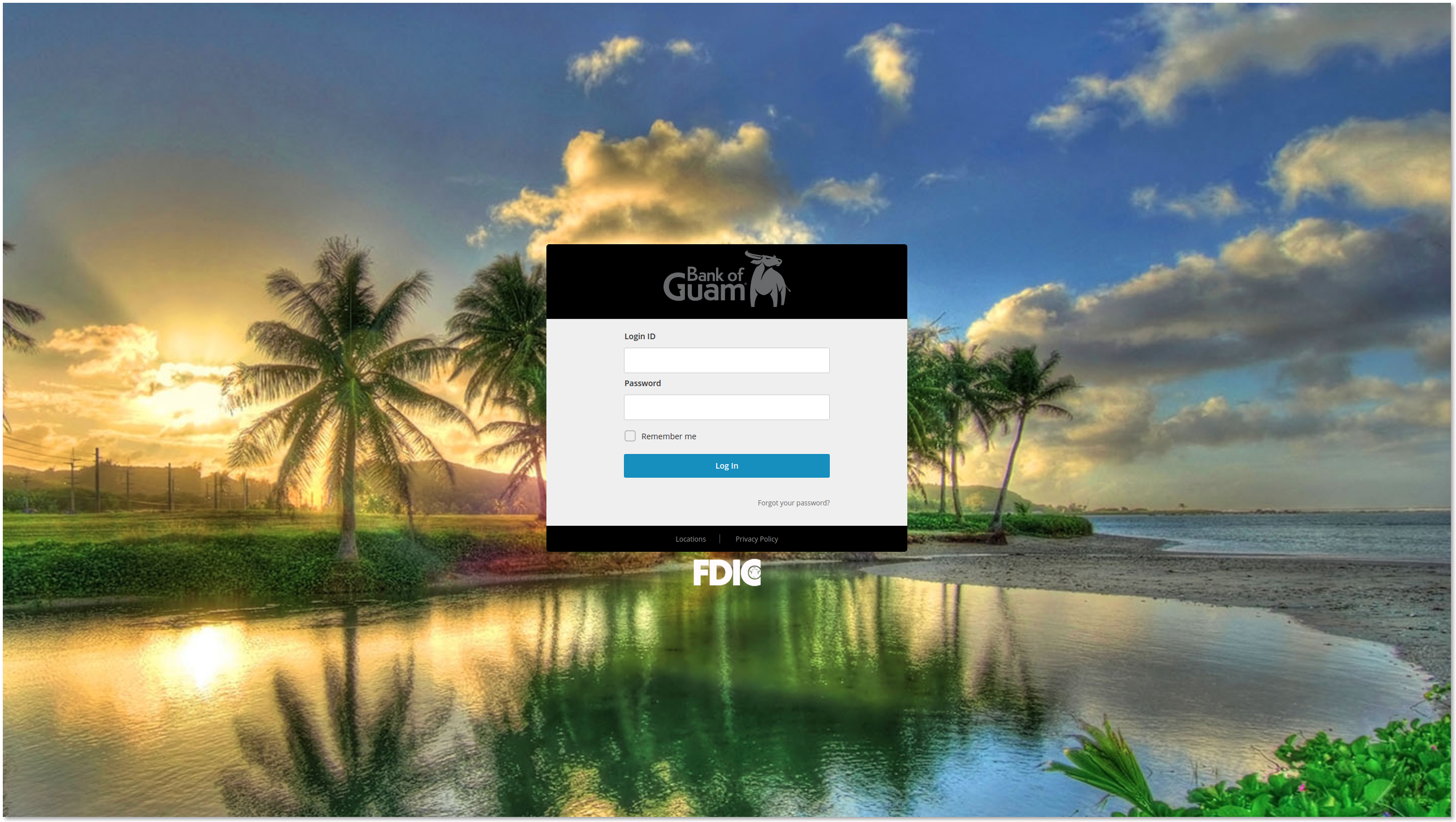The WMC Global Threat Intelligence Team observed a noticeable escalation in targeted and sophisticated phishing campaigns throughout 2022, with a surge in SMS phishing and a decrease in campaigns featuring large corporations. Threat actors began to shift their focus to developing smish-to-vish campaigns — campaigns where threat actors use phone numbers in SMS messages as opposed to link-based phishing. In 2022, we also finally saw a move away from Covid-19 phishing lures as pandemic-related government funds and support stopped. Several new threat actors made an appearance in 2022 with prolific and novel campaigns explored below targeting banks and big name brands.
The latest US trend has seen threat actors moving from generic, wide-reaching phishing attacks using major banks as lures to targeted attacks featuring small credit unions. Although customers of financial institutions are the most common mark, there was a jump in threat actors specifically targeting credit union customers throughout the US, whereas in the UK a prevalent phishing campaign took advantage of the government-backed energy rebate scheme as energy prices peaked at an all-time high. As expected, big brands like Microsoft, Apple, Netflix, and PayPal were still targeted regularly throughout the year.







